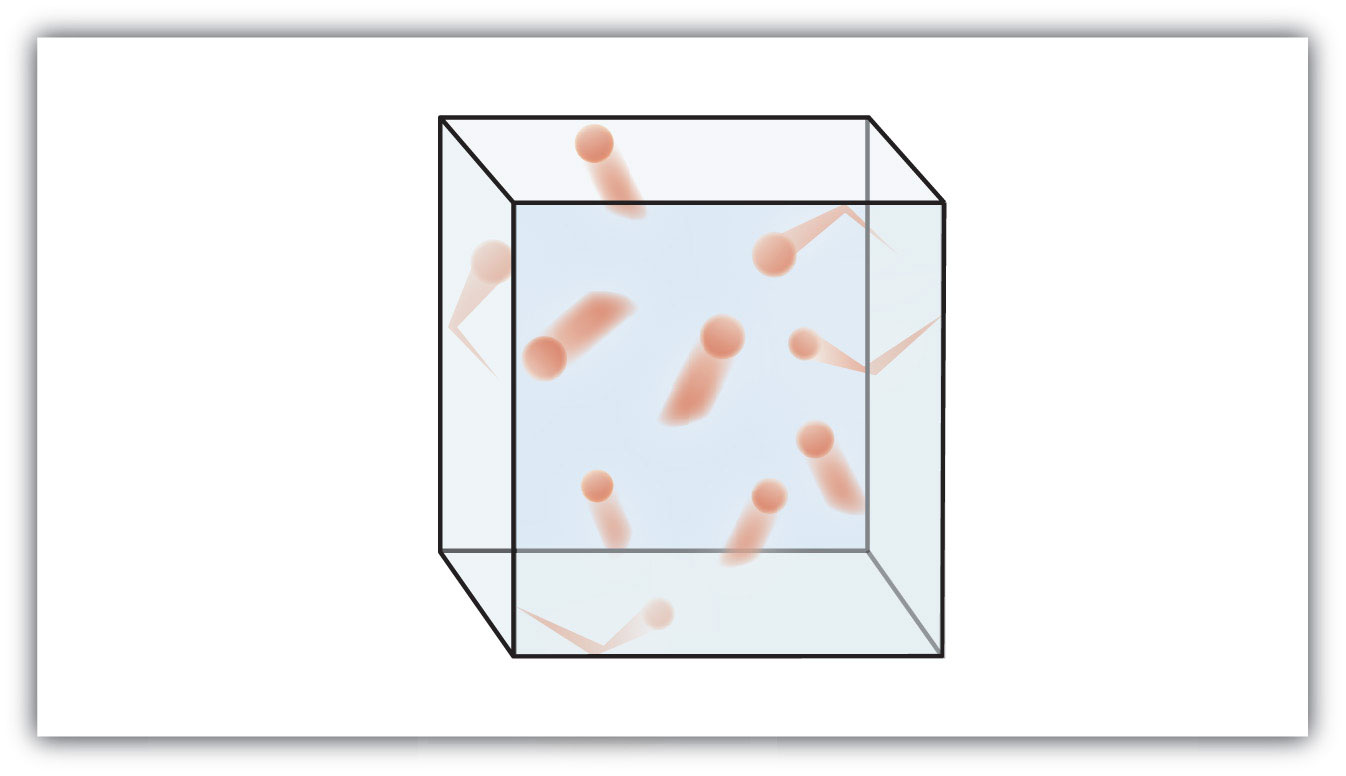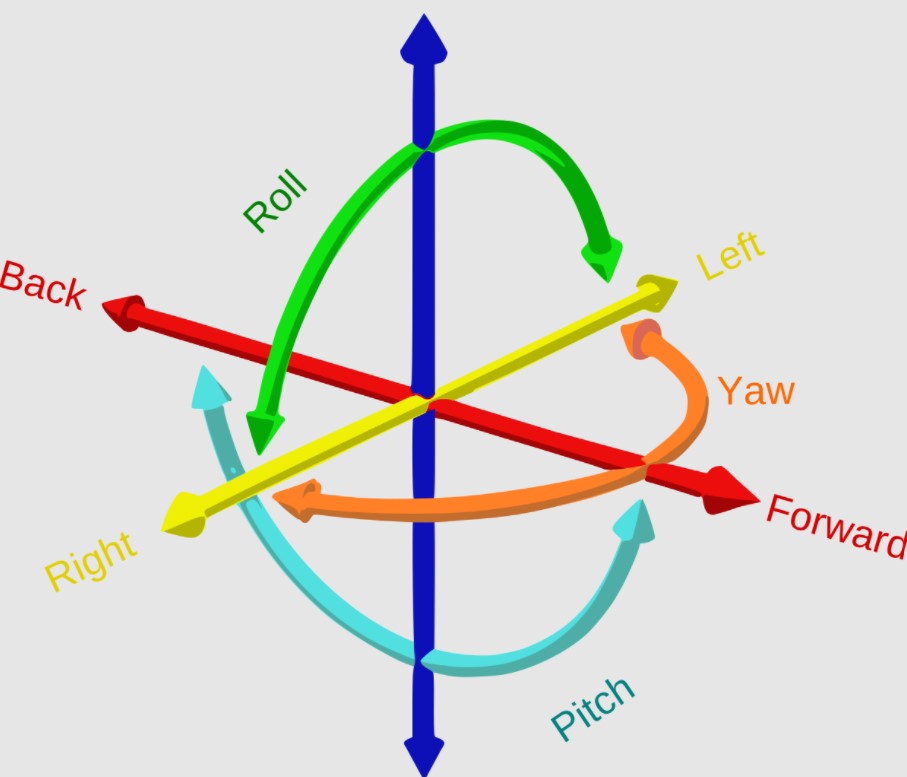Kinetic theory of gases
Postulates of Kinetic theoty of gas
- Gas consists of molecules and the molecules of a gas are all alike but differ with the molecules of other gases.
- The volume of molecules is negligible compared with the volume occupied by the gas.
- The molecules are in random motion and the velocity in all direction are ranging from zero to a maximum.
- During the motion, the molecules collide to each other and to the walls of the containing vessel. The collision of molecules is perfectly elastic.
- The collision behaves as perfectly elastic sphere.
- The duration of a collision between two molecules is negligible compared to the time between two successive collisions on the wall.
- Intermolecular force of attraction is neglected.
Pressure exerted by gas on the wall
Time between successive collision on wall
Pressure (P)=
Where, N= total number of particles, m=mass of each particle, C=rms (root mean square), V=volume.
= no. of particles per unit volume then,
Nm=M= total mass of gas then,
If E is the total kinetic energy of the gas molecules per unit volume.
E=

Average Kinetic Energy Per Mole Of The Gases
Average kinetic energy per mole of the gas = =
Average kinetic energy per molecules of the gas = =
Where,k=is Boltzmann constant and it's value is
Note:
The average kinetic energy of the gas is directly proportional to the absolute temperature. If temperature is increased, the average kinetic energy of the molecule also increase. Thus, the temperature of the gas gives a measure of average kinetic energy of the gas.
Also, at absolute temperature, the molecules of the gas are at complete rest.
Root Mean Square Speed
- It is the square root of the mean square velocity of gas molecules.
- .
- ==.
- Hence, and
- Thus, the root mean square speed of the gas is directly proportional to the square root of the absolute temperature. and inversely proportional to the square root of molar mass of gases.
Degree of Freedom
Degree of freedom of a system are defined as the total number of co-ordinates or independent quantities required to described the configuration of the system completely.
The average kinetic energy of a molecule of a gas is =
The average kinetic energy of a monoatomic molecule, in each degree of freedom is,
so, the molecule has kinetic energy per degree of freedom.
For diatomic gas, there is rotational and translation kinetic energy of the molecules. So, the rotational KE of a diatomic molecules is,
Kinetic energy=
Hence,
Average KE of monoatomic molecules= (trans.)
Average KE of diatomic molecules= (trans.)+ (rot.)=
Average KE of polyatomic molecules= (trans.)+ (rot.)=

Law of equipartition of energy
It states that for a dynamical system in thermal equilibrium, the energy of the system is equally distributed amongst the various degrees of freedom and the energy associated with each degree of freedom per molecules is .
Mean free path
Mean free path of a molecule is defined as the average distance travelled by the molecule between two successive collisions and is measured as the mean of a large number of free path.
Note:
- Average KE of a gas molecules only depends on absolute temperature.
- If the intermolecular force disappears suddenly the pressure exerted by the gas will also increase.
- At very high temperature a diatomic molecules has seven degree of freedom.